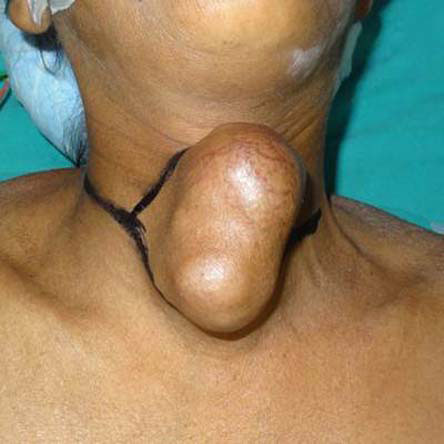Senior Consultant, Surgical Oncology & Chief, Head & Neck Oncology, Paras HMRI Hospital, Patna ( July 2014 onwards): Joined Paras Hospital to develop a world class comprehensive cancer surgery services with latest facilities in this region apart from advanced oncosurgery for head and neck cancer and microvascular free flap reconstruction.
Read MoreLorem Ipsum is simply dummy text
+91 900-705-3925
Loremipsum@gmail.com
Week Days: 09.00 to 18.00
Sunday: Closed



Skull base tumours all have one thing in common: They are a mass located next to or involving the skull bones. This mass often grows near the bottom of the brain or behind the eyes, nose, and ears.
A variety of skull base tumours exist. They typically grow inside the skull or nose/sinuses, although some grow on the exterior. They can be benign (noncancerous) or malignant (cancerous) depending on the type.
Symptoms of skull base tumours vary and can develop slowly over time.
Is a Skull Base Tumour a Brain Tumour?
Generally, no, but it may be growing in a variety of places — not just inside the brain. These tumours do not start in brain tissue but grow next to the brain and may put pressure on neural structures. A tumour may be at the base of the brain or on the back of the skull. It may be growing in the front — near the eye sockets in the nose and sinuses — or in the pituitary gland, among other locations.
Are All Skull Base Tumours Cancerous?
No. Just because a tumour has grown inside your body does not necessarily mean you have cancer. Many tumours are benign (non-cancerous).
SKULL TUMOUR SYMPTOMS
Each patient may feel differently depending on the location of the tumour, its size, and type.
Location
Location is extremely important. A large tumour in some areas of the skull will have less impact than a small tumour in the base near the nerves and carotid artery.
Size
Tumours can range in size from less than one centimeter to many centimeters in diameter. Symptoms may appear once the tumour has grown to a certain point and places pressure on the brain and nerves, affecting normal body functions.
Type
There are two common types of skull base tumours: lateral and anterior.
Endoscopic Surgery
Skull base surgeons can remove many skull base tumours with a minimally invasive technique involving an endoscope. An endoscope is a medical device that transmits images via a long, thin tube and helps us examine the tumour.
After making a small incision in the nose or eyebrow, we will insert an endoscope, which has a very small camera on the end. Then we use microsurgical instruments beside the endoscope to cut out as much of the tumour as possible. We may restore the area with healthy tissue from elsewhere in your body, if needed.
Endoscopic Endonasal
Some tumours can be removed with the endoscopic endonasal approach. This allows our skull base surgeons to access tumours through the sinus and nasal cavities.
During either of your endoscopic procedures, we may need to temporarily install a spinal drain to divert any excess cerebrospinal fluid, prevent infection, and help the area heal. We will remove the drain a few days after your surgery.
Craniotomy
In a craniotomy, we will access the brain by temporarily taking out a piece of skull. We will draw back the exposed brain during surgery to reach the tumour. We use this approach when we can’t reach the tumour through endoscopic surgery.
During a craniotomy, we may view the tumour with the help of a large surgical microscope. Scans from prior imaging tests, which we use as a guide, help us know the exact location of your tumour.
At the completion of surgery, the small piece of skull is usually replaced. Patients typically have a longer recovery time from craniotomy.
© Copyright 2021 | Dr.Rajeev Sharan Site Supported By Universal FX Studio
